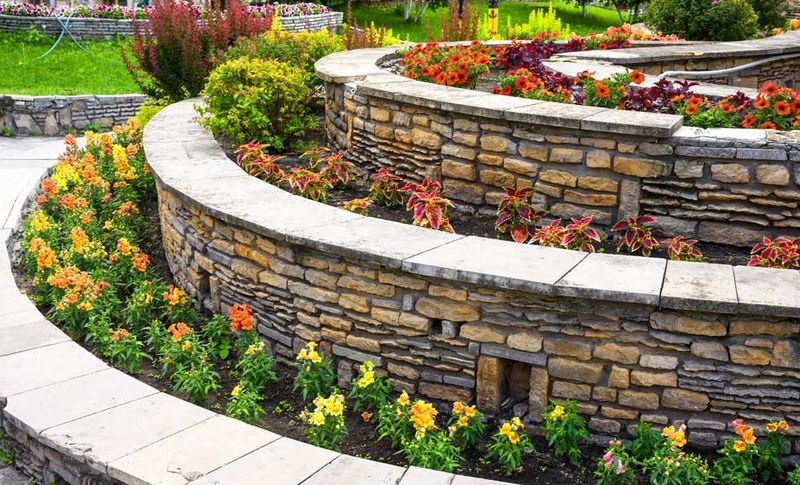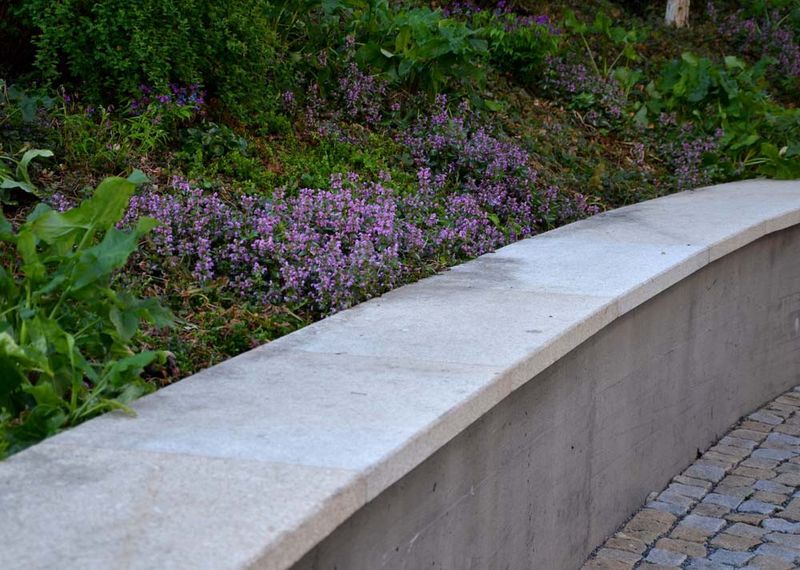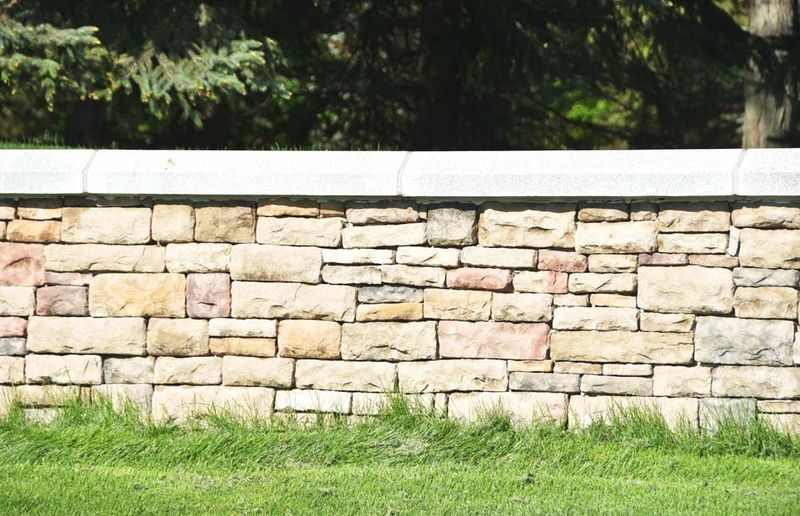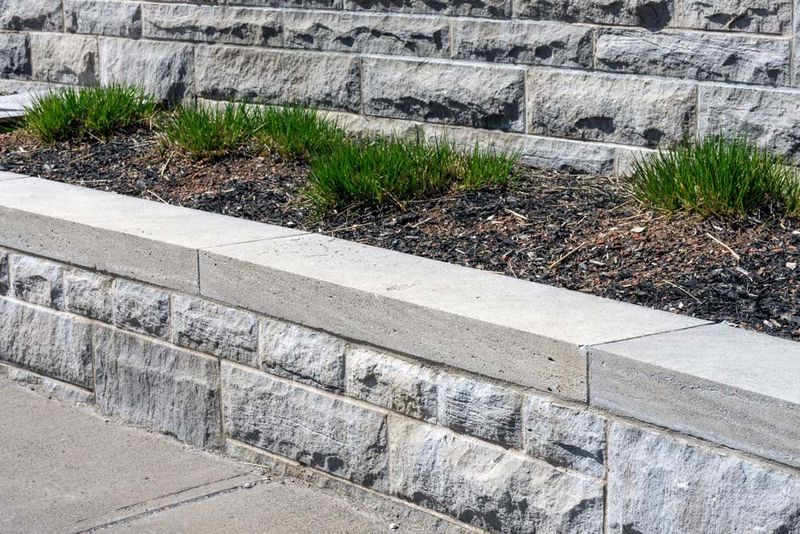Found on top of brick walls and in outdoor swimming pools, coping stones, also known as brick wall toppers, provide excellent protection from the elements and make an elegant decorative feature.
So, it should come as no surprise that brick wall coping stones and pool coping stones are massively popular with homeowners. But if they’re loose, they can become a potential safety hazard.
The question is:
How do you fix a loose coping stone?
And how do you secure coping stones?
At Roofing Superstore, we dug deep to find out all about fixing coping stones.
Read on to find out how to repair loose coping stones and care for them.
Table of contents:
- Why do coping stones come loose?
- How to repair loose coping stones
- How to clean coping stones
- Final thoughts
Why do coping stones come loose?

There are several reasons why some of your coping stones have come loose. Most of them have to do with poor installation.
For instance, if the expansion joint isn’t caulked, freezing water might break the mortar used to attach the coping stone.
Alternatively, a porous coping stone might absorb moisture and come loose, even when laid in a strong mortar bed.
You might be wondering:
Can you glue coping stones?
Yes, you can! Special coping stone adhesive can be used to effectively ‘glue’ the coping stones to the top of the brick wall.
Another way to prevent your stones from lifting is to apply tanking slurry (thick coating which creates an impenetrable waterproof barrier) to the bottom of the coping stone prior to laying it. This way, the stone will stick to the mortar properly and won’t lift, no matter how humid or rainy the weather.
How to repair loose coping stones

Before you can repair a coping stone, you need to examine the wall and establish the extent of the damage.
How bad is it?
If all you see are minor cracks or chips, you can use adhesive for a quick and efficient fix. Simply apply to the affected areas and allow to dry.
In contrast, if you see serious damage or the coping stone is loose, you’ll need to remove it first.
Here’s how you should go about it:
Get a good hammer and chisel and knock out the old bed of mortar the coping stone was laid in. Patience is of the essence here, as you don’t want to smash the existing brick wall coping or cause even more damage to the wall itself.
So, take your time and work carefully to remove the entire stone in one piece.
That’s half the work done!
Now:
Before you go on, you have an important decision to make. If the old stone is beyond repair, you need to have a replacement ready. Check out our Coping stone buyer’s guide to find out what you ought to consider before you can make an informed purchase.
If, on the other hand, the old coping stone is still in good shape, all you have to do is clean it thoroughly before reusing it.
Next:
The quickest, most effective way of fixing coping stones is with adhesive. Alternatively, you can use a bed of mortar and tanking slurry. The process is fairly straightforward, and you can find out how to lay coping stones by reading our comprehensive step-by-step guide.
Cleaning coping stones

By cleaning your concrete wall toppers on a regular basis, you can extend their service life and ensure your garden or outdoor swimming pool remains neat, tidy and aesthetically pleasing.
There are several ways to do so.
For example, you can use a pressure washer if you happen to have one. Professional coping stone cleaners are also readily available in most areas.
If you don’t want to go down that route, you can prepare a weak acid or bleach solution. But whatever you do, don’t combine the two. Then, slowly pour the mixture over the coping stones and use an acid brush to clean the stones. Finally, rinse the stones thoroughly with clean water.
Last but not least:
Keep an eye out for any algae, lichens and moss and remove them promptly.
Final thoughts

Like most things in your garden, your copings need a bit of love and care.
The best thing you can do is to inspect your walls and brick wall toppers regularly, paying close attention to any signs of damage, weathering and wear and tear.
Keep them neat and tidy and clean them when necessary. Check for any lifting after a heavy storm and make sure you remember how to repair loose coping stones.
This way, you’ll be able to enjoy your coping for many years to come.

















